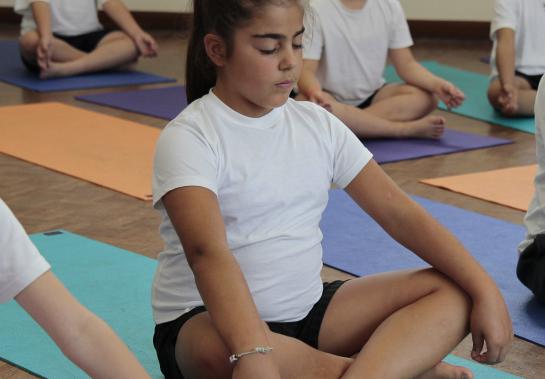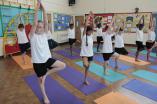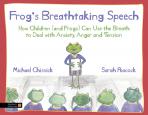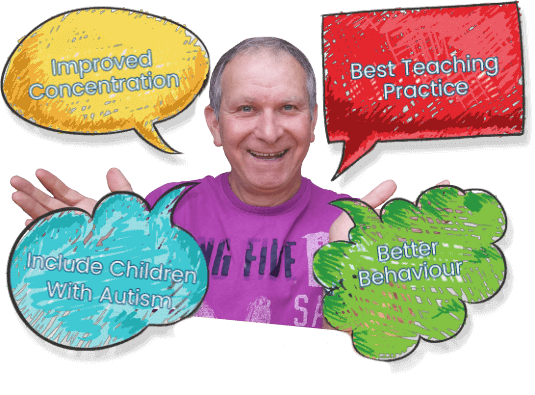Five Essentials for Teacher Training for Children's Yoga


Introduction
Children's Yoga is very much part of the yoga landscape. I have seen enquiries for Teacher Training quadruple this year. The work can be great fun and very gratifying. However, if you don't know what you're doing it can be awfully cruel. Which is why good training is essential. There are more options out there than ever before. Some excellent and others a downright rip-off. So how do you decide which is best training for you.
Clear Goals
Your first task is to be clear in which area(s) of children's yoga you would like to teach. The main areas are in:
- Mainstream Primary as part of the integrated school day
- Mainstream Secondary as part of the integrated school day
- Nursery
- Special Needs School as part of the integrated school day
- 1:1 therapeutic service for Special Needs Children
- After school clubs
- The community
You may decide that you would like training that encompasses as many of the above areas as possible. Hopefully, the wider the spectrum the greater the opportunities of winning work. One thing is for sure no school or organisation is going to take you on or ask you back unless you can show that you can at the very least:
Manage children's behaviourPlan and Structure lessonsDemonstrate that the children are benefiting from the yoga
Having decided where you would like to teach you can begin your search.
The five essential questions to ask when looking for teacher training for children's yoga are:
1. Does the Trainer have genuine and on going experience?
Find a trainer who is highly experienced in teaching yoga to children in the area or areas that you would like to teach. Highly experienced means someone that has taught yoga to children for at least five years and continues to teach and develop his or her teaching. If you intend to work in schools you must work with a trainer who has an established background in education, who understands how children learn, how schools function and can teach you the skills of managing class behaviour.
2. Will you train in the school environment with real with children?
Establish whether your training involves working with children in school, nursery or a specialist school or is it training solely with a group of adult learners. There are obvious practical handsâ€"on advantages of training with real children in school. For example you get to see first hand how to manage the class in terms of behaviour, pace, structure and content. If you get the opportunity to observe lessons across a wide range of children ages, abilities and Key Stages grab it it's priceless.
The behaviours and needs of most special needs children are difficult to demonstrate and grasp out of context. If you are training in school with children with autism you can see the challenges first hand and understand which strategies to use.
Group training with other adult learners usually takes place on a weekend, so the chances of real classroom situations are slim. However you do get the chance to teach to your peers as they, and you, pretend to be children. Great fun and very friendly and training providers will send you away with all sorts of teaching aids and merchandise. The biggest drawback to this kind of training is that it does not truly reflect the reality of teaching children.
3. Are you offered ongoing support?
Is there ongoing support? No matter how good the training there will be times when you need support. It may be a behavioural issue, a safety issue or perhaps you have been asked by your school to link yoga to a specific curriculum area. Maybe you could just do with some encouragement. You should check with your training provider that ongoing support is available whether by phone or email and if there are any extra costs involved.
4. Is the trainer to learner ratio low or high?
What is the ratio of trainer to learner? The smaller the number the better, because the smaller the number the more attention, feedback and individual teaching you will get. This means better training as well as more value for your money.
5. Will there be opportunities to try out your teaching skills?
Are there opportunities to teach children under the supervision of the trainer? You may find this scary but it is so important to take the plunge because it gives you the opportunity to demonstrate your strengths and weaknesses and to get constructive feedback.
Your teaching background
If you want to teach yoga to children, but have no experience of teaching children anything, then think about dipping your toe in the water to see if this is for you. Teaching a class of kids is not the same as teaching a couple of your own at home. Go along to your local primary school and volunteer to teach a class for free under supervision. I know people who have offered to listen to children read to get experience of being around children in a learning environment.
Costs
You must make sure that you are getting value for money. If you find a trainer that can answer the five essential questions positively, then you might expect to pay a bit more. It is tough getting and keeping work so the better the training and support you receive, then the better the chance of getting work in the first place.
Qualifications
Despite spurious claims by some organizations, there are, in fact, no recognised qualifications for children's yoga teachers. Like any area of teaching there are the two poles of brilliant and awful and a variety of competencies in between. For sure a qualification to teach yoga to adults does not necessarily equip one to teach yoga to children. Teaching groups or whole classes of children demands a different set of skills, knowledge, understanding, attitudes and approaches.
Without a recognised qualification to guide them, Head Teachers will concern themselves with how you manage children's behaviour, control the class, plan and structure lessons and above all they want to see that their children are benefiting from the yoga.
If you want to work in schools you have to be able to demonstrate those four aspects. These are the criteria that should govern where you find training
Conclusion
The most important factor about finding the best training for you is first to be clear which area of children's yoga you want to be in. Look for value for your money. Work with trainers with good reputations, who are themselves teaching.
Find out who is the best in this area and make sure that they can offer you:
- Training that involves children
- Ongoing support
- Opportunities to teach under supervision
- Constructive feedback on your teaching
- A low ratio of trainer to trainee
Teaching yoga to children is challenging yet extremely gratifying work. Good luck with your search.
(c) Copyright 2017 Michael Chissick & Yoga at School. Not to be reproduced or distributed without permission






